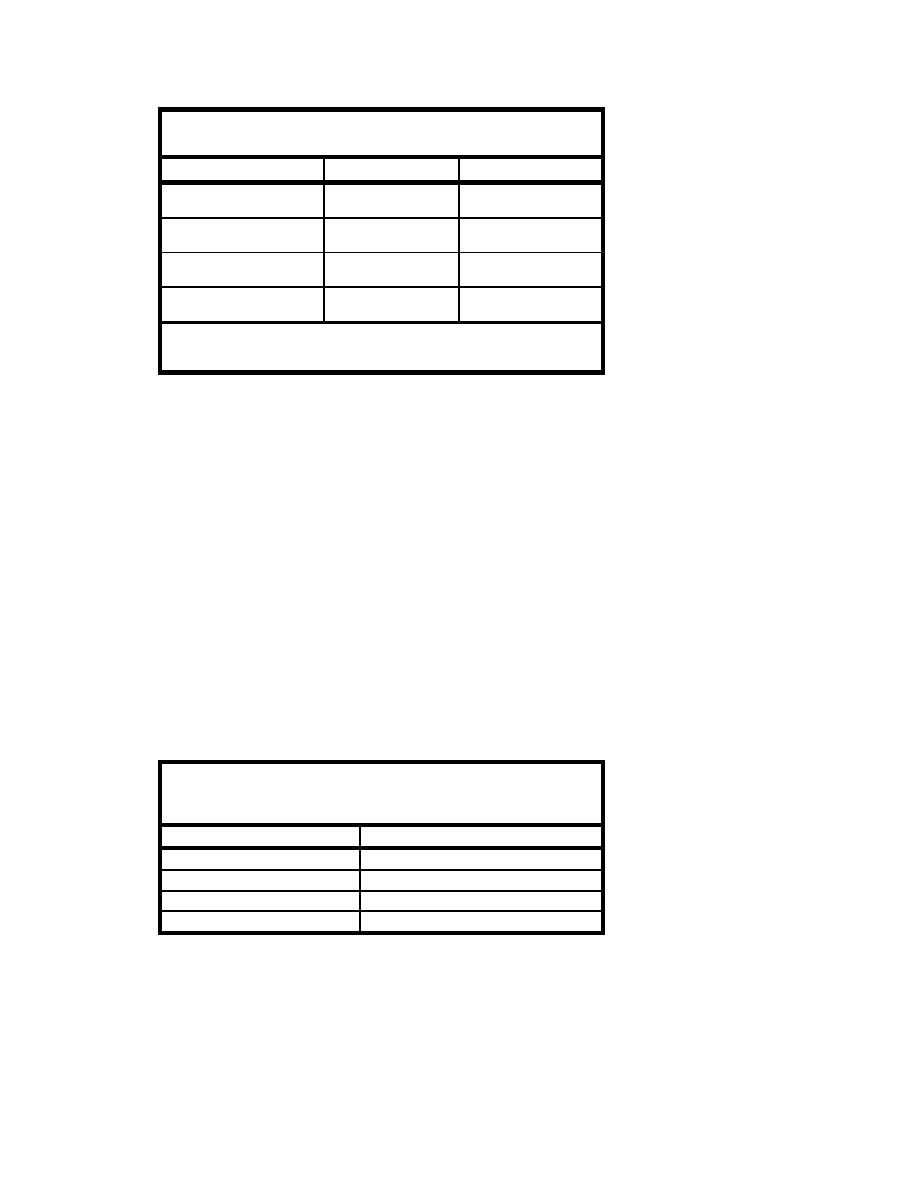
Table 2-1
Selected Tide Ranges for Long Island Sound1
Location
Mean Tidal Range (ft)
Spring Tidal Range (ft)
Plum Island
(Block Island Sound)
2.6
3.1
Mattituck Inlet
(Eastern third)
5.2
6.2
Port Jefferson
6.6
7.6
(Central third)
Hempstead Harbor
7.3
8.6
(Western third)
1
Information obtained from National Oceanic and Atmospheric Administration
(NOAA) National Ocean Service (NOS), Web site: http://tidesandcurrents.noaa.
gov/tides03/tab2ec2a.html.
Extratropical cyclones, colloquially referred to as "northeasters," are common to this
region and are often oriented to produce water buildup along the north shore of Long
Island (Davies et al. 1971; Davies 1972). New York District (1969) states that
65 moderate to severe northeasters struck the New York coastal area in the 100 years
previous to 1965. Northeasters of lesser intensity occur with much greater frequency and
can also alter inlet morphology. Northeasters are slow moving and can remain in a
region for a number of days, and they can also arrive in succession with short intervals,
days to weeks, in-between.
A severe storm can alter coastal morphology equivalent to months or years of normal
or typical-condition hydrodynamic forcing. The consequences of storm surge and wave
setup on the north shore of Long Island are not explicitly analyzed in this study.
Waves. Wave direction corresponds with wind direction for the limited-fetch water
body of Long Island Sound, and peak wave height corresponds with wind speed. Table
2-2 summarizes the average wind direction taken from wind data at LaGuardia Airport,
located on the western end of the north shore of Long Island. These data can be
considered to be qualitatively representative of wind conditions for the study area.
Table 2-2
Average Wind Direction for Long Island Sound (Town of
Southold 2003)
Direction
Percent Occurrence
Northeast
20
Southeast
17
Northwest
30
Southwest
33
Because Long Island Sound is a semienclosed basin, fetch and wind duration are
limited. Wind over Long Island Sound typically originates from the south during the
summer and from the north during the winter. Wind speed and storm duration tend to be
greater during the winter months. Typical summer and winter winds originate from the
16
Chapter 2 Study Area and Physical Setting



 Previous Page
Previous Page
